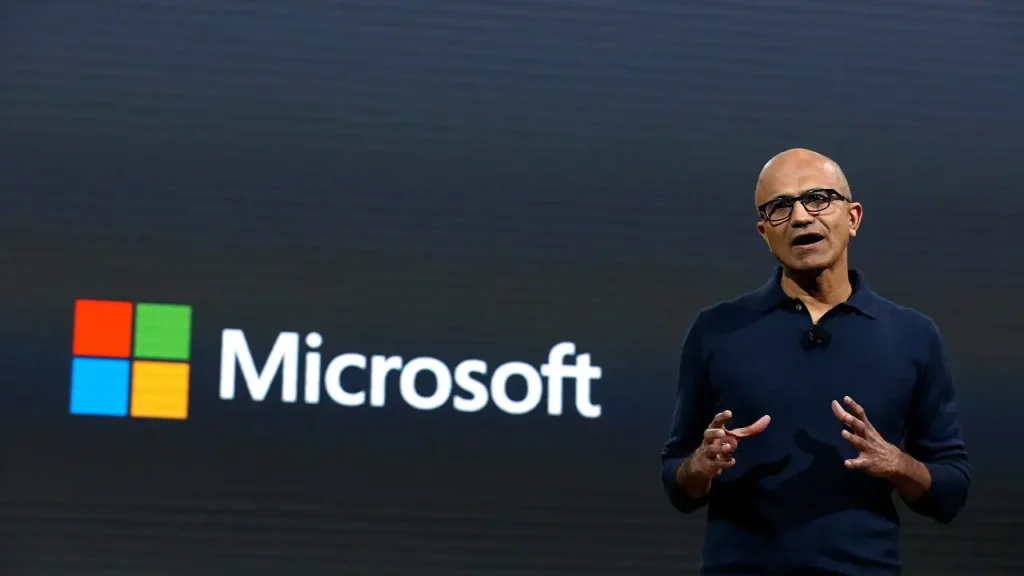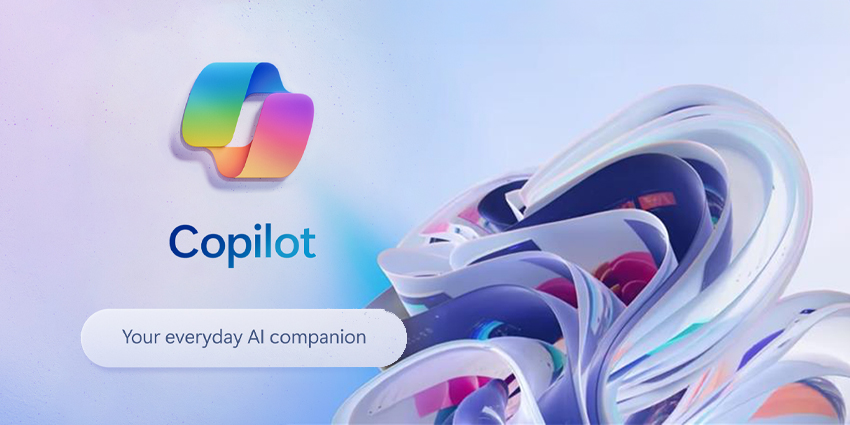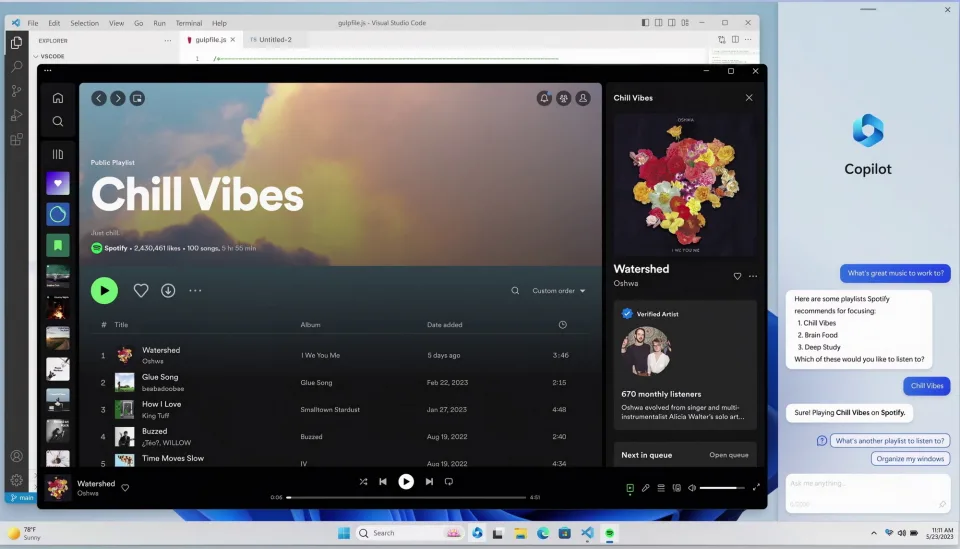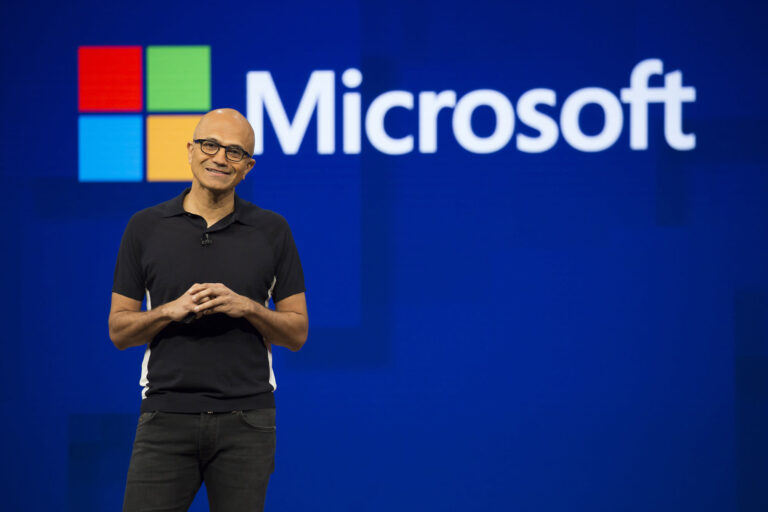Will Microsoft benefit from embracing AI, or is this just Windows 8 all over again?
The last time Microsoft made such a drastic shift was with Windows 8, an unsuccessful attempt to make its flagship operating system tablet and touchscreen friendly. This year, every time the company unveiled a major AI feature, I could not help but feel more skeptical about the company’s new direction. Here we have Microsoft, a notoriously conservative and slow-moving giant, reshaping its products around artificial intelligence not long after most people learned generative AI existed.
Now that the business is integrating AI directly into Windows, I find myself wondering if Microsoft is embracing AI to improve its products or if it is merely attempting to establish itself as a leader in the field and hope that the technology lives up to the hype. It is really difficult to tell at this point.
Microsoft has a poor track record when it comes to timing, as evidenced by the Zune, WebTV, and Windows Phone. These products either launch too soon to be useful (like the slow-moving WebTV) or arrive too late to have a significant impact (like the genuinely excellent Zune HD). However, when the company unveiled its AI-powered Bing Chat earlier this year, it was well-positioned to ride high on the success of ChatGPT, which by that point had reportedly gained 100 million users in just two months, according to UBS analysts. That would have made ChatGPT the fastest-growing consumer application in history. Microsoft had nothing to lose by combining the power of generative AI with one of its infamously troubled products.

Microsoft was probably eager to show off its new toy ahead of Google and others, having invested a total of $13 billion in ChatGPT-maker OpenAI (and acquiring a 49 percent stake in the process). The launch of Bing Chat officially started Microsoft’s year of AI, and even more unexpectedly, the company recently announced that Copilot is coming to Windows 10, a sign that it wants AI features in front of as many people as possible. (Windows 11 reportedly accounts for 26 percent of Windows installations, while Windows 10 still has 69 percent. By targeting both platforms Copilot could potentially reach up to 1.4 billion users.)
Undoubtedly, Copilot leaves a great first impression. Type a few words (or say them out loud), and it responds to your inquiries directly, akin to a quick-witted assistant. You do not have to trawl through advertisements, and you can interact with extra links only when you want to. This is a glimpse into a world beyond search engines, one in which artificial intelligence (AI) could help guide us through an increasingly chaotic media landscape. Microsoft’s Copilots can also assist in specific applications:It can summarize the website you are now viewing in Edge; it can assist with Teams Meeting transcription and action point generation; and it can help locate obscure Windows settings (you could just enter “How do I turn on Night Mode?” to flick that on, for example).
However, because of all the opaque AI processing going on in the background, Copilot’s confident exterior belies the fact that it frequently makes mistakes and can occasionally misinterpret your questions entirely; in addition, my testing has shown that it crashes more frequently than you might think, necessitating a “reboot” of your session (but at least it does not flash a blue screen like Windows).

Microsoft has placed a helpful note atop Bing’s AI chat, attempting to temper our expectations. It reads, “Bing is powered by AI, so surprises and mistakes are possible. Please share feedback so we can improve!” Microsoft seems to be trying to earn some brownie points by admitting that its AI chat is not perfect, but mostly, that warning is just a way out for Microsoft to brag about Copilot’s ability to write essays for you and have vaguely realistic conversations, but if it goes wrong, the company can just say, “It is just a beta, LOL!”
“I think that type of organic growth is one that we are going to see over time,” said Aaron Woodman, Microsoft’s VP of Windows Marketing, in an interview with Engadget at the Windows Copilot launch in September. “And I bet it will be explosive because the value is there, and I think customers will see that very quickly.” Ultimately, what will determine whether or not a user can trust that Microsoft’s Copilots and other generative AI tools will deliver the relevant information when it asks a question? Can we be sure Copilow will even understand our query correctly?
At some level, every conversation we have, we are trying to lean into [that]this is a growth process. We want to make sure you understand reference materials. I think people will understand that we are trying to accelerate bringing [new]technology to them. Woodman also thinks that users will understand that Copilot will not always be perfect, especially in these early days. “I weirdly think we are probably more empathetic with people and understand where they are at with growth than we are with technology,” he said.
Since the launch of Bing Chat earlier this year, I have been utilizing Microsoft’s AI solutions, and while it is useful for basic tasks, such as producing a specification table comparing two products, it has not really changed the way I work. In fact, Microsoft had to severely limit Bing Chat’s capabilities early on after it began to argue with users and issue disturbing responses. In Windows 11, Copilot can occasionally assist me in finding settings, such as dark mode, but it can not always pull up the controls within the Copilot pane, and if it can not figure out what I am requesting, it will sometimes just direct me to the general settings menus.
Recently, I have had unsatisfactory conversations with Bing regarding whether it was a good time to purchase a Nintendo Switch (it took some encouragement for it to mention rumors of a possible Switch follow-up that is expected to launch next year), and its image search functionality is still less helpful than that of Google.
When I took a picture of my child’s baby monitor and asked Bing “What is this?” it recognized the device’s purpose but misidentified the model and maker. It also took five seconds to finish that query. In contrast, Google Image Search recognized the device as the Eufy Space Monitor in half the time and got a score of one for traditional search (yes, I am aware that it is also powered by its own set of computer vision models).

One tool that users can use to learn how to work with AI is Microsoft’s Github Copilot, which was released in November 2021. Its primary purpose is to act as a partner to an experienced programmer, helping to identify possible problems and even writing basic code.
Arghavan Moradi Dakhel, Vahid Majdinasab, Amin Nikanjam, Foutse Khomh, Michel C. Desmarais, and Zhen Ming Jiang found Github Copilot to be similarly helpful, but they also noted that “it can also become a liability if it is used by novices, those who may not be familiar with the problem context and correct coding methods.” Developer Aidan Tilgner claims that Github Copilot can be genuinely helpful for coders—as long as you keep your expectations in check.
The authors also state that “Copilot suggests solutions that might be difficult to understand and buggy, which may be accepted as correct solutions by novices.” “Adding such complex and buggy code into software projects can highly impact their quality,” they continue.
Microsoft may be overly dependent on Copilots going forward, as the young company OpenAI recently experienced one of the most turbulent weekends in Silicon Valley history. OpenAI’s board fired CEO Sam Altman, but a few days later, the company rehired him after intense internal pressure, including some bribery from Microsoft CEO Satya Nadella. If OpenAI experiences another turbulent event, Microsoft’s $13 billion investment will be at risk, in addition to the company’s future plans for almost all of its products.
As per Windows Central, “Hudson Valley,” Microsoft’s upcoming major Windows update, is expected to bring with it a plethora of AI improvements. These improvements include the capacity to evaluate content displayed in video chats, an enhanced Copilot that retains all your PC activities, and an improved system-wide search. A few features might also necessitate CPUs with NPUs, such as AMD’s latest chipset and Intel’s new Core Ultra hardware. These features are akin to those found in Windows Studio Effects, which also require NPUs.
These days, the one constant in AI is how quickly things change. Since I began writing this article, Microsoft has announced that Copilot will be upgraded with the more capable GPT-4 Turbo and Dall-E 3 models, making them even more capable. Maybe in time, Microsoft and OpenAI will be able to resolve all of the problems I have encountered with Copilot thus far, and ultimately deliver a transformative AI tool that is accessible to everyone. However, I also had high hopes for the company’s dual-screen Duo and Neo plans, but all I received was disappointment.

